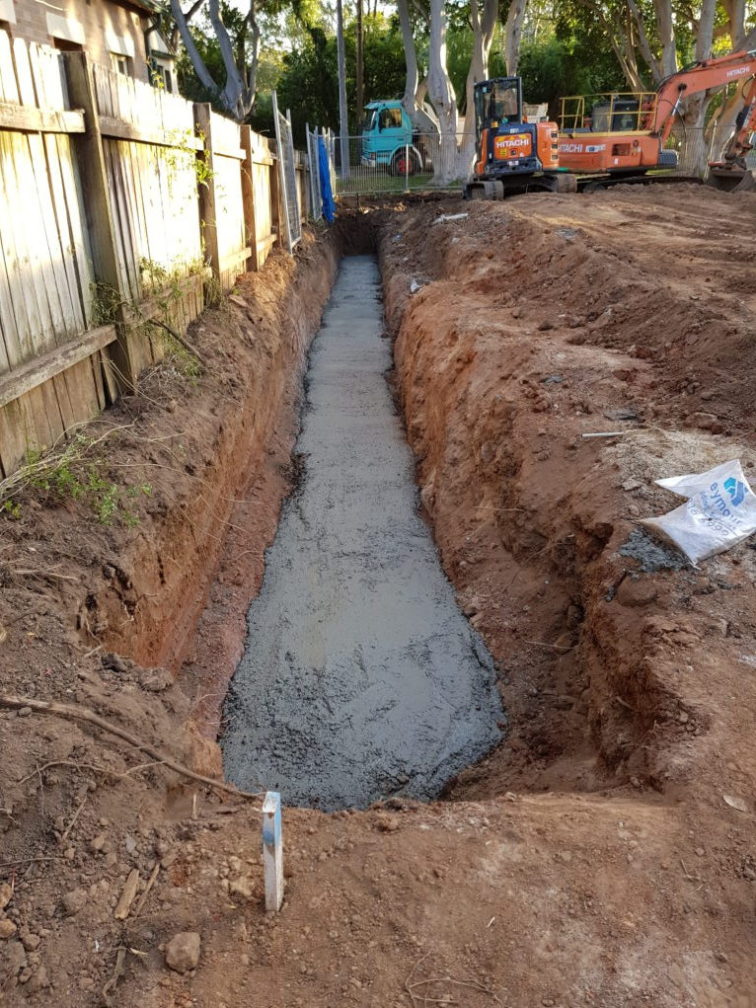

When the pH is in a higher, 8-to-9 range, it’s a good indication that some carbonation is taking place from the surface of the concrete toward the inside. If the pH of the concrete falls below about 10, the potential for rebar corrosion increases. Similar reactions can take place with carbonate aggregates.Ī relatively high alkalinity is necessary to protect the rebar. It is only when there are certain forms of silica in the mix that such reactions take place. Either ASR or AAR can occur independently of the other.Īll Portland cement concrete is highly alkaline. The alkaline levels that cause passivation of steel can be significantly less than those that would cause ASR in concrete.

While this does not directly cause the reinforcement to corrode, once it has occurred, the cover of the reinforcement starts to fail, and corrosion begins. These processes produce a gel that absorbs water, expands, and causes the concrete to spall. If the concrete was made using the wrong type of sand/aggregate (mostly chalcedony cherts and similar soft, amorphous silica forms), the alkalinity of the concrete, in conjunction with the silica in the aggregate, can cause an effect called alkali silica reaction (ASR), or another result called alkali aggregate reaction (AAR). The alkalinity protects the rebar by a process called "passivation." Generally speaking, the alkaline environment protects the reinforcement steel by causing a film to form around the rebar, sealing the steel off from the effects of the environment. In order for the steel to rust in the first place, the alkaline protection must have been compromised. The problem with corrosion of steel embedded in concrete is that the rust products have a greater volume and cause the concrete to spall or flake off, which exposes more steel. In addition, the concrete, due to its alkalinity, protects the steel from corrosion. The concrete protects the iron from the environment by covering it. Rusting of reinforcing steel encased in concrete is a slightly more complicated matter involving a loss of protection afforded by the concrete. The process is ongoing until all the exposed iron or steel is consumed. Because it is loose, it flakes off, exposing new steel or iron to the elements, along with the potential to corrode. The oxide formed is a loose material that has a greater volume than the original iron - about 17 times greater. Reinforcing steel bar (rebar) exposed to air oxidizes or rusts through the conversion of the iron in the steel to iron oxide or iron carbonate due to the CO 2 in the atmosphere.


 0 kommentar(er)
0 kommentar(er)
